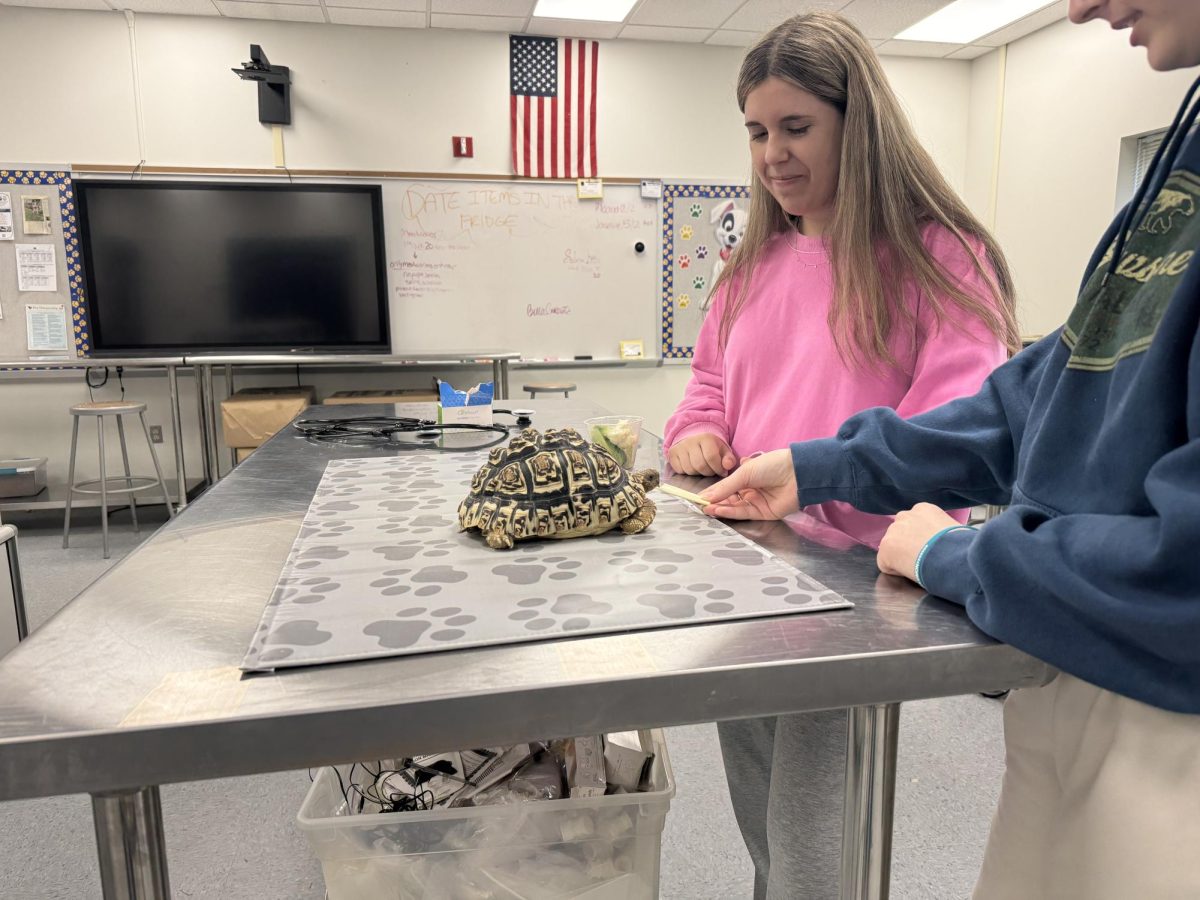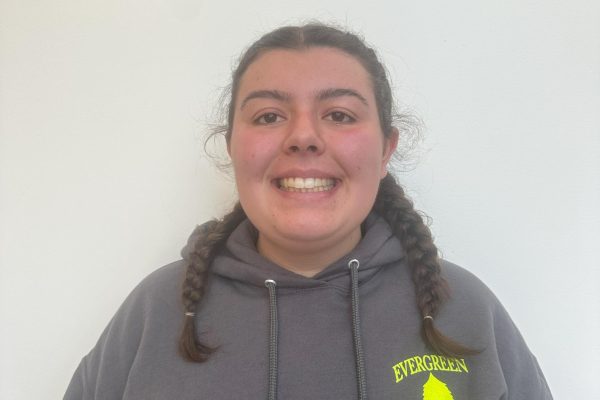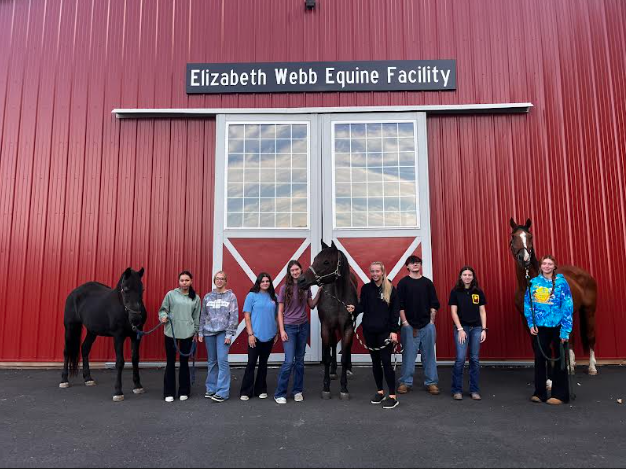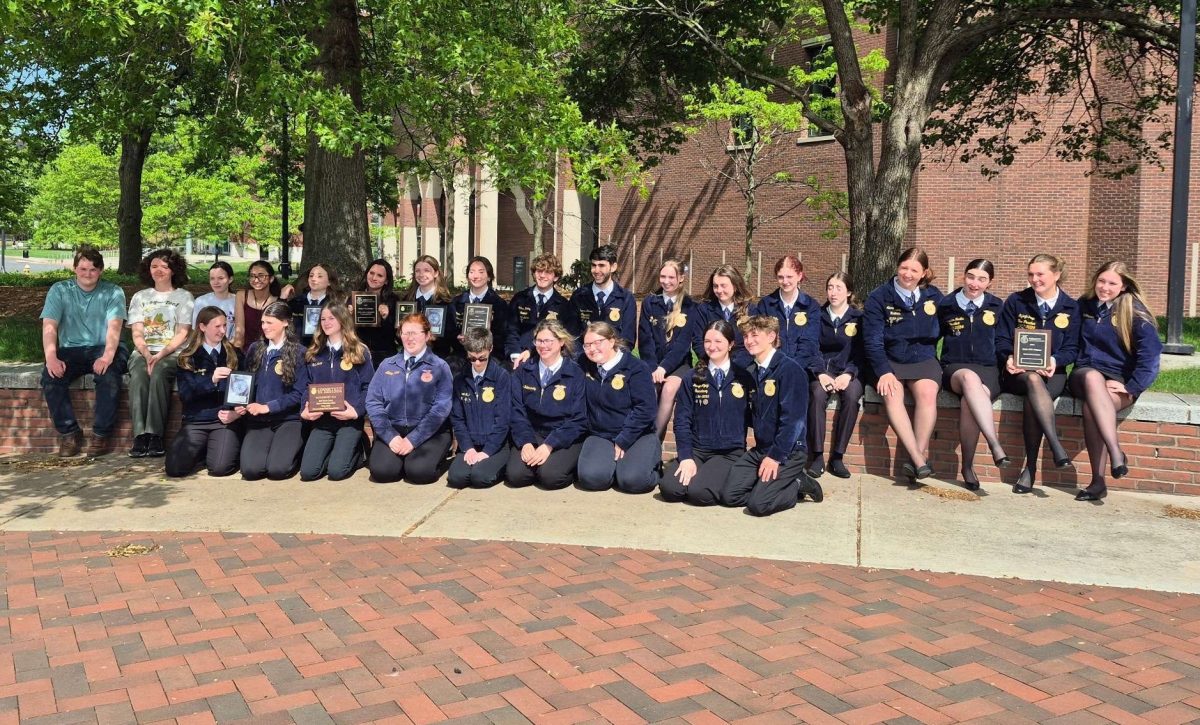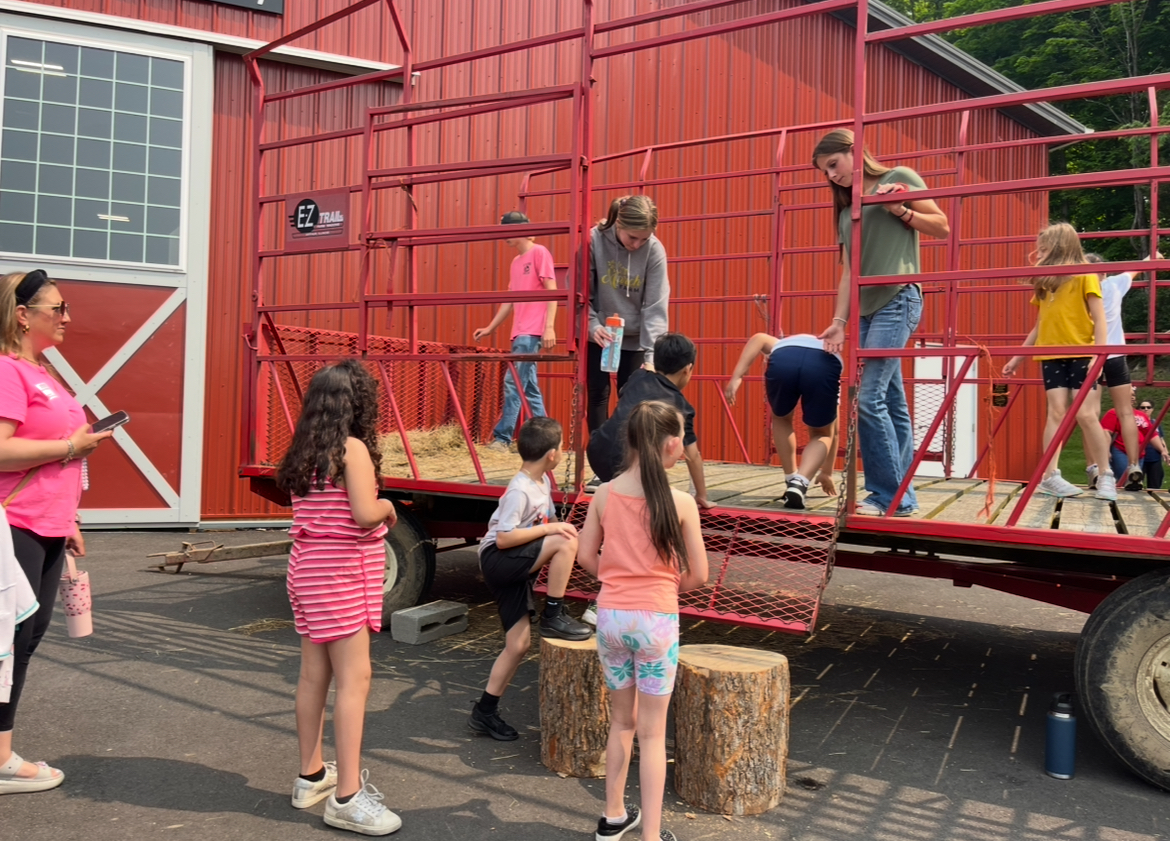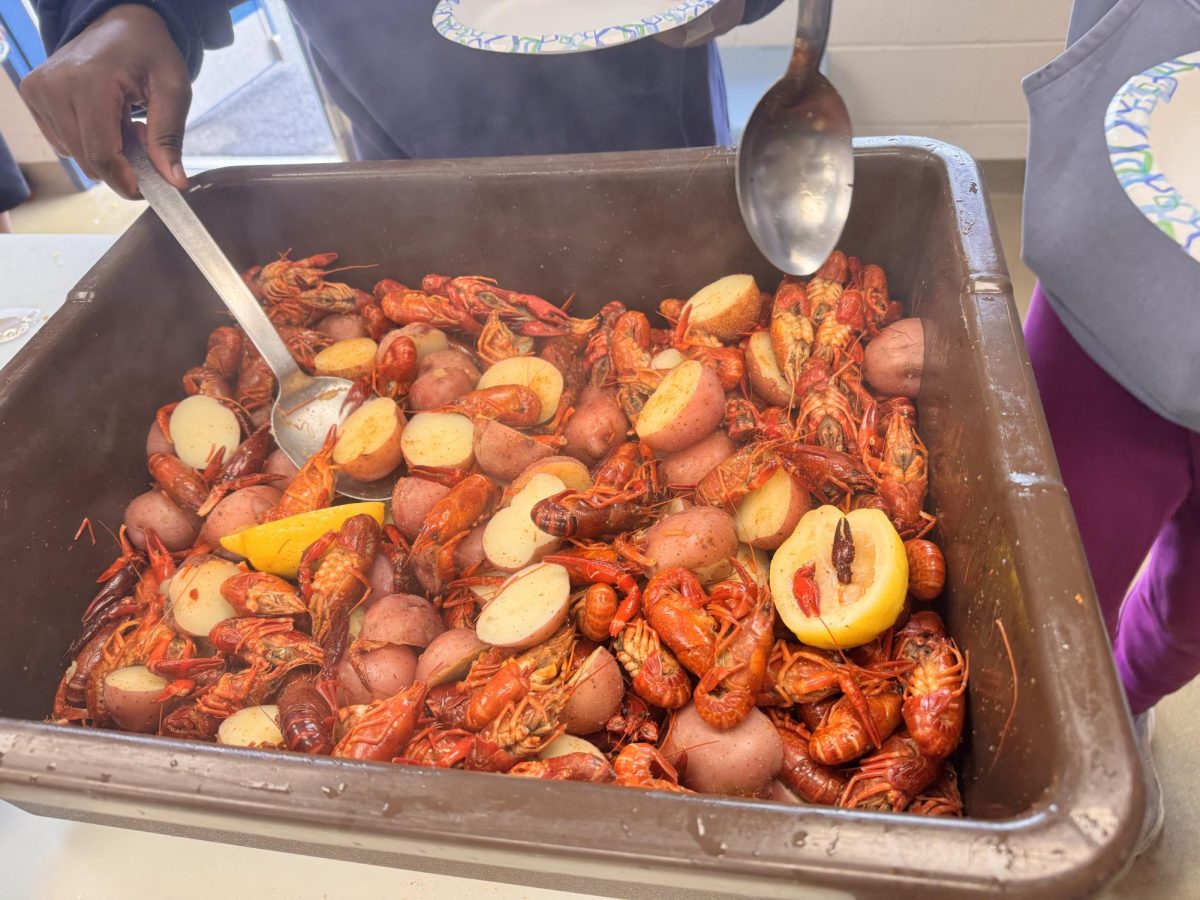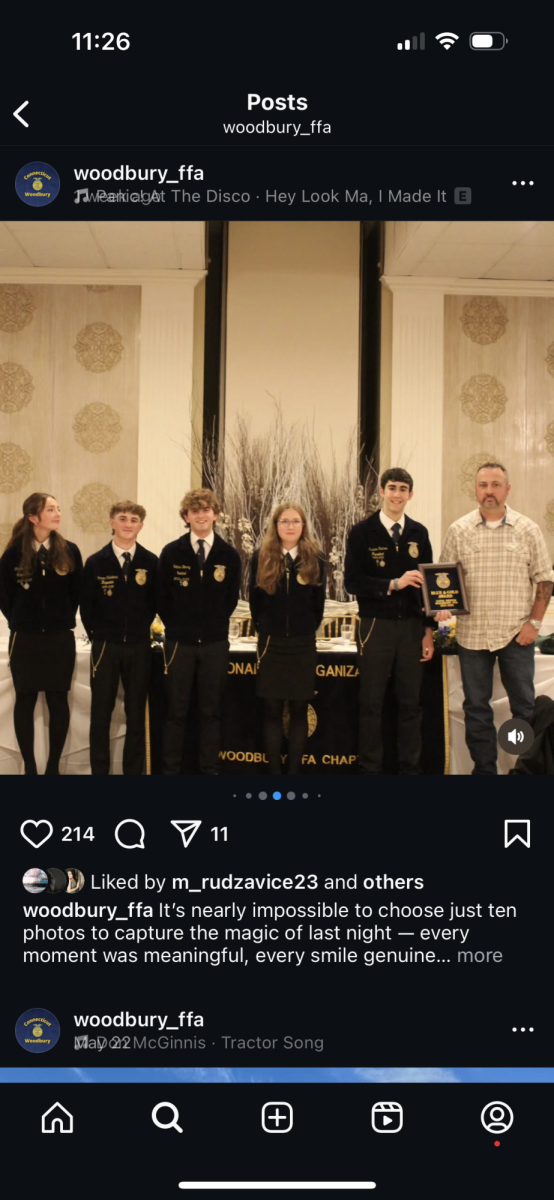WOODBURY — The veterinary science class here at Nonnewaug sets kids up for more than just vets.
“Aside from working in the small animal industry and veterinary practices,” said Jesse Hungerford, a vet science teacher, “a lot of students also go into research, pharmaceuticals, biochemistry, lots of chemistry courses, different chemistry majors, government and law, like animal ethics, animal wellness, grooming, dog training, holistic methods of healing, like therapy hydrotherapy or laser therapies, other types of niches like that. And of course, you have the human medical industry.”
Going into high school knowing exactly what you want to be is hard but the vet program can show you information and turn a love for animals into a successful career.
“I got into horses,” said Emma DeFrancesco, a senior vet science student, “so I came into the school wanting to be an equine vet. Once Ms. Hungerford got here, she kind of, like, made me think about being a vet in a different way, and she kind of inspired me to be a small animal vet instead, and I’m sort of going towards that.”
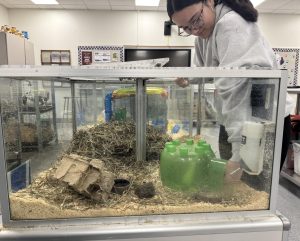
“My goal,” said Jennifer Jedd, a vet science teacher, “is to make sure that all kids know that there is more than your typical clinical veterinarian or veterinary technician as an option in the veterinary science field. I prefer that they figure it out now as opposed to spending all the money and time in college, and then figure it out, and then be in debt, and have a sad trajectory.”
Having this experience can help in other medical fields.
“We learn things about muscles and different types of bones,” says Mia Castro, a senior vet student going into a non-vet field. “Most of the bones for dogs and cats are the same for people. I want to be a diagnostic medical sonographer, so I’m going to need to know all the anatomy of the body, and that kind of helps you and teaches you.”
College is always a big question for kids especially kids going into big careers like vet. This question is always hard to answer.
“I’m not really decided on college yet,” said senior Emma DeFrancesco, another vet student. “Either way, I’ll take the pre-vet track, and there will be an advisor there that will help me take all the prerequisites you need through vet school. It’s all about getting the experience that I need. I already work at an animal hospital right now, so continue working there and start volunteering.”
The vet class gives kids many opportunities to learn in other ways than just the classroom.
“We’ve done a lot of field trips and hands-on experiences,” says DeFrancesco. “That has helped me really tell if I truly want to be a vet or not, and it’s definitely opened my eyes in a way, to see that it’s not like, oh, you’re just helping take care of them; it’s a deep dive into their health.”



